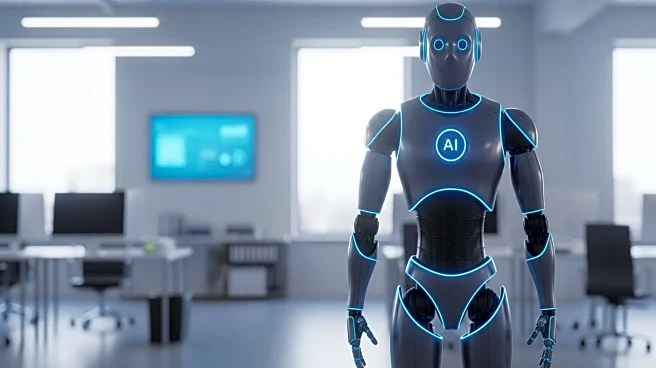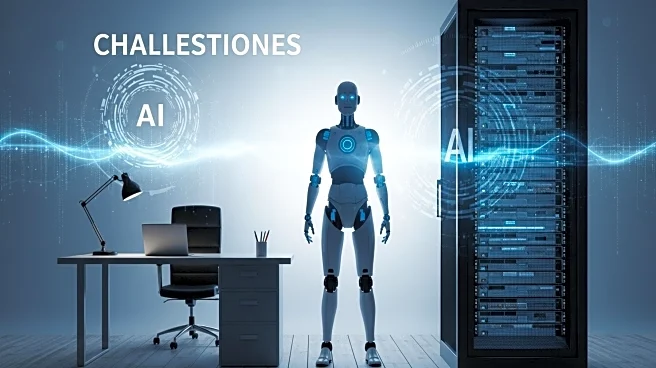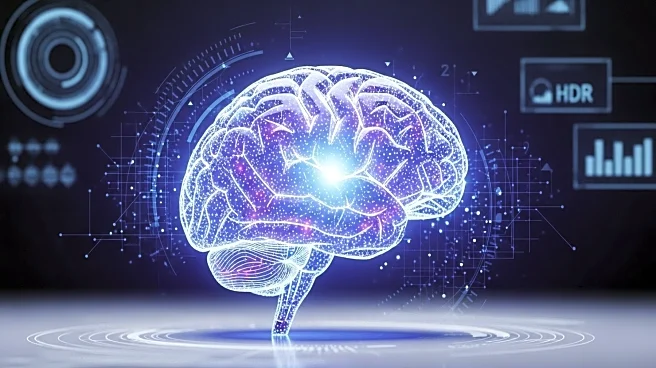What is the story about?
What's Happening?
A report by AI platform UKG suggests that the use of artificial intelligence in workplaces may be reducing burnout among front-line workers. The survey, which included 8,200 participants, found that workers using AI reported lower burnout rates compared to those not using the technology. AI is helping workers by automating menial tasks, allowing them to focus on more meaningful work. Despite these benefits, there is significant concern among workers about AI potentially replacing jobs, with many fearing that colleagues skilled in AI could take their positions.
Why It's Important?
The integration of AI in workplaces represents a significant shift in how tasks are managed, potentially improving productivity and reducing stress. This development is crucial for industries seeking to enhance employee well-being and efficiency. However, the fear of job displacement due to AI remains a critical issue, highlighting the need for balanced implementation strategies that prioritize human talent alongside technological advancements. The report's findings could influence how companies approach AI adoption and employee training.
What's Next?
As AI continues to be integrated into various sectors, companies may need to focus on educating and training employees to work alongside AI effectively. This could involve developing comprehensive AI strategies that address employee concerns and ensure equitable access to AI benefits. Organizations might also need to reassess their workforce planning to mitigate fears of job loss and promote a collaborative environment where AI complements human skills.
Beyond the Headlines
The report raises ethical considerations about the role of AI in the workplace and its impact on job security. It also reflects broader cultural shifts towards digital transformation and the need for policies that support workers in adapting to new technologies. The challenge lies in ensuring that AI serves as a tool for empowerment rather than a source of anxiety.
AI Generated Content
Do you find this article useful?













